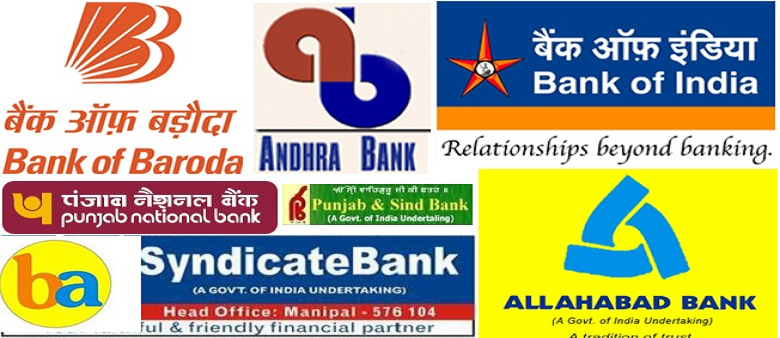The news for the State-run banks is not good. They are hugely into the losses, which is happening due to the bad loans in the financial year 2018. It is believed that they are experiencing the highest ever losses this year. Talking about only the fourth quarter, the total losses in the state-run banks is believed to be somewhere about Rs. 62,681 crores in spite of some of the profits at Indian Bank and Vijaya Bank. Indian bank share price stands at Rs. 352.70 and the Vijaya bank share price stands at Rs. 56.25 as on 15th June’18.

If we combine all the state-run banks, as per the data shared by Reuters, we will be shocked to know that there is a loss of around Rs. 85,370 crore which means $12.65 billion in the fiscal year ended this March. The reason cited is the provisions for bad loans that flowed after the central bank came up with some stringent norms. Many banks in which the nation holds the majority, has gone into huge losses in the March quarter. This has happened after the Reserve Bank of India pulled out many loan restructuring schemes and also came up with other curbs.
This is though not happening for the first time, because if we combine all the state banks, they were into losses in the prior two years also. That time also they were into that situation due to the bad loans. But the loss this year is the biggest and the first ever worse hit in the history of banks.
If we look at the Gross non-performing loans of the 21 banks, it increased by 15 per cent to Rs. 8.96 Lakh crore or $133 billion at the end of March, in three months. The percentage of the Bad loans as a percentage of the total loans also increased at most of the banks. IDBI Bank has reported the highest bad-loan ratio which is 27.95 per cent. Next in line is the Indian Overseas Bank’s which also has a saddening bad-loan ratio of 25.28 per cent.
This bad-loan flow and the huge losses have arrived when the city of Delhi has taken a two-year plan to recapitalize the state lenders of Rs. 2.11 Lakh crore. It accounts for 66% of the nation’s banking assets making an effort towards getting a lending growth.
It is believed that most of the banks will now have nil funds for growth as they respond to the provision requirements and higher capital ratios as made compulsory by the global Basel III banking rules which is going to be effective by March 2019. The Indian government is also looking for the privatization of IDBI, which has been a country’s public-sector bank, to help the banking sector clean is debt. IDBI has suffered losses of more than 80 billion rupees in the last financial year, to the end of March. And also, the bad loan of the bank has doubled to more than 555 billion rupees.

